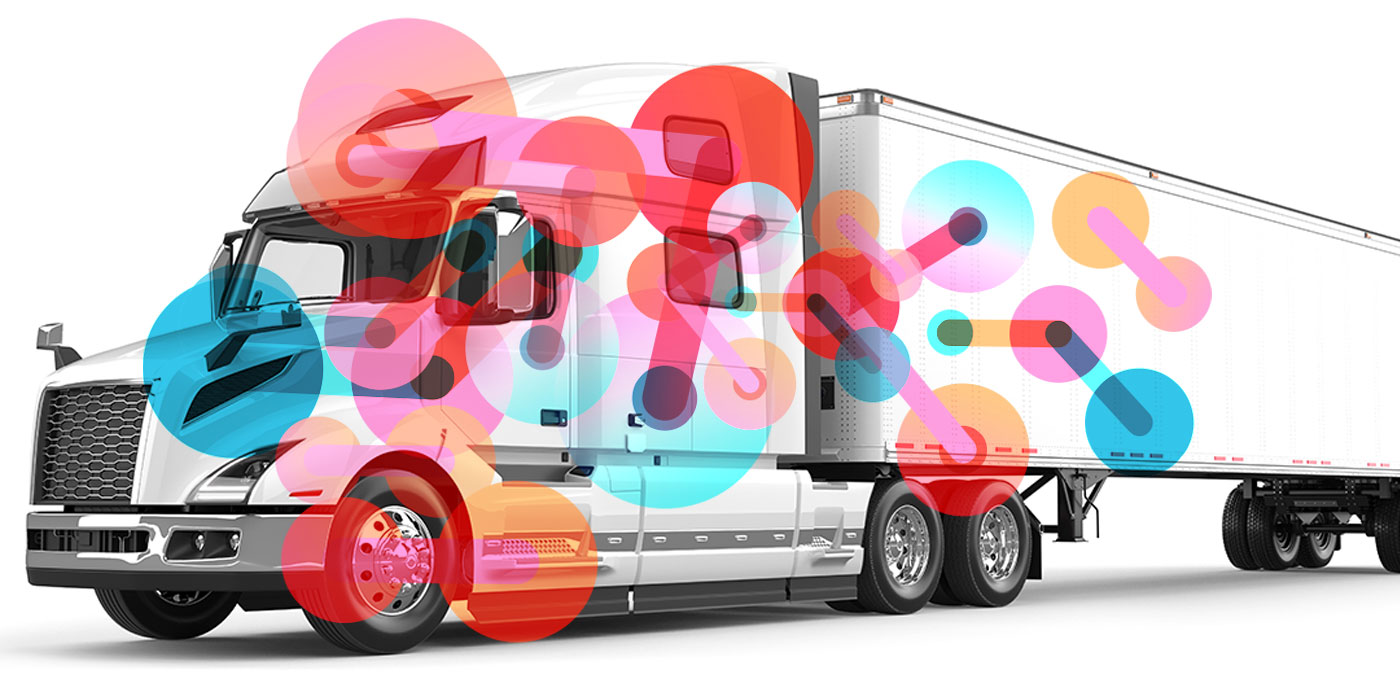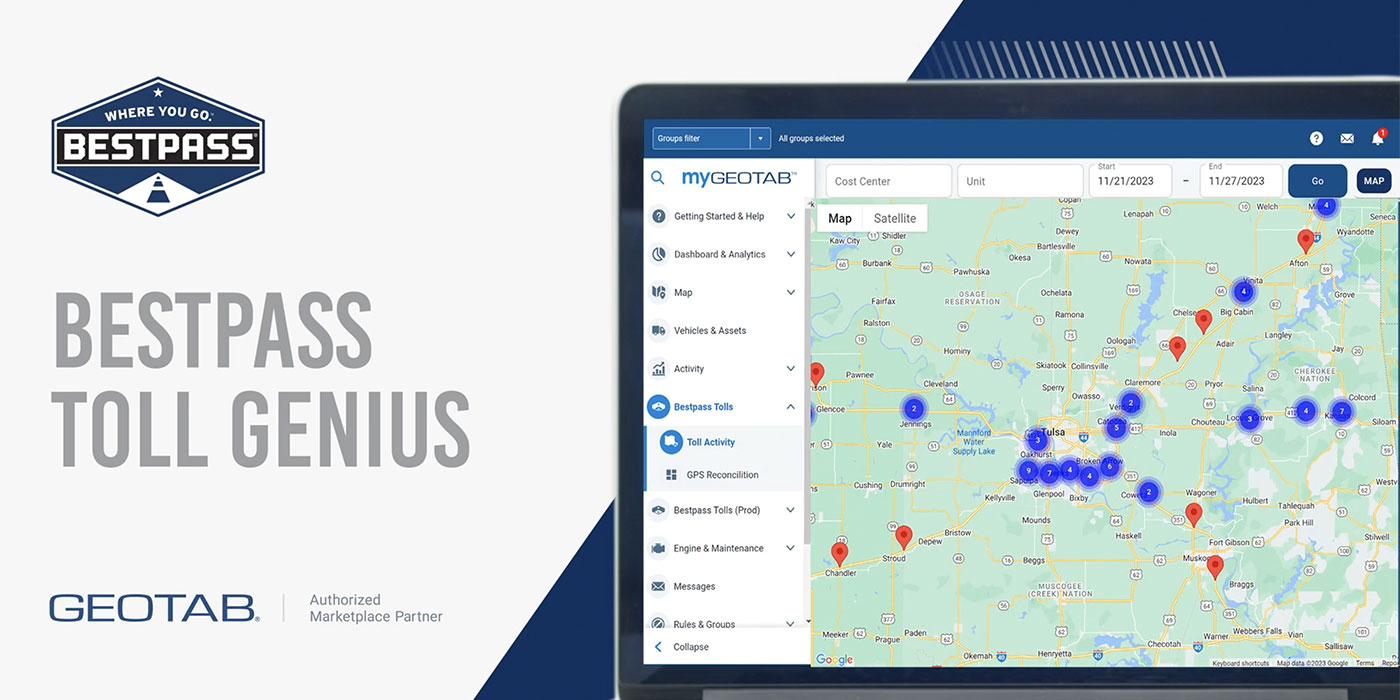The dawn of a New Year often serves as a good time to take look back at the last year and then turn our eyes forward to the year that’s coming. With the help of Brian Holland, president and chief financial officer at Fleet Advantage (a consulting firm that works with fleets to determine the best way to improve and optimize total cost of ownership numbers for their trucks), let’s take stock of the trends we saw in the trucking industry in 2018, and whether they are likely to continue. And let’s start with…
1. The truck equipment backlog
Truck orders saw record-setting year in 2018—a development that’s undeniably good for the industry, but one that came with the downside of a huge backlog of equipment. According to the most recent market data estimates from FTR, backlogs in early 2019 will start to recede, but will still remain close to record volumes, as most OEMs are nearly sold out for next year.
According to Holland, fleets will continue to feel the effects of this backlog unless they adjust their plans for acquiring new equipment. “Companies that shorten their asset management lifecycles based on a flexible lease model will be able to plan their replacements better and thus avoid the pain associated with the current backlog,” he says.
2. The continuation of the driver shortage
The driver shortage persisted throughout 2018 and shows no sign of slowing down—in fact, the shortage is likely to continue with increased severity going forward. According to an estimate by American Trucking Associations, the industry is now at least 50,000 drivers short, a number that could balloon to 174,000 by 2026.
Holland recommends one strategy that could help fleets partially alleviate this problem. “Offering newer technology and/or trucks for drivers typically helps with driver retention, since drivers want to drive newer trucks,” he notes. “This in turn reduces the long-term need for driver replacement, and lowers overall recruiting costs.”
3. The economy’s impact on truck purchases
“Most private economists expect U.S. growth to slow in 2019, in part because the initial impetus of fiscal stimulus is set to wane, meaning slower profit growth and more calls for a pause in Federal interest-rate increases,” Holland says. “According to experts, the Fed’s decisions in 2019 will hinge on what happens next for inflation, rather than the pressure coming from the White House. Nearly a year after the federal government rewrote the corporate tax code, big U.S. companies are still moving warily.”
For many fleets, a lease is a better option than a loan for acquiring equipment in the current economic conditions, according to Holland. Why is that?
“Because the balance sheet presentation of an operating ease reflects only the present value of the rents due under the contract as the asset amount, and as a result, it is still partially off-balance sheet,” he answered. “In addition, since the cost of an operating lease is reported as a straight-line expense of the full lease payment each period, there is no front-end loaded P&L impact that comes from expensing depreciation and imputed interest costs as there is when a customer borrows to make an outright asset purchase.”
Overall, he says, due to these factors leasing will show a greater ROI for fleets.
“Moreover,” Holland adds, “consider the discounted cost and built-in flexibility of financing, which offer additional savings, extended payment options and equipment upgrades or add-ons. Improved cash-flow management, keeping pace with technology and aligning capital asset acquisition strategy with business needs in real time all create economic and practical advantages compared to a loan.”
4. What’s ahead for fuel prices and fuel economy strategies
Diesel prices have been up and down all year, but one thing that’s becoming clear is that 2015 and 2016 are not coming back. Those were the years of famously low diesel prices—hitting unsustainable lows that, unsurprisingly, have not returned. According to the U.S. Energy Information Administration, diesel prices averaged between $3.20 and $3.30 throughout the second half of 2018—a significant step up from the averages of $2.31 in December of 2015 and $2.51 in December 2016.
This could have a couple of effects going forward. One is that it’s now a more favorable environment for electric trucks and other alternative-fuel vehicles such as natural gas and biodiesel.
While the growth of these alternative options fizzled a bit in 2015 and 2016 thanks to lower diesel prices, with diesel prices moderating, alternative fuels and power sources might start to look more appealing.
Beyond that, Holland notes that fleets should be looking beyond diesel prices in planning out their cost-saving opportunities.
“With fuel representing 61% of total cost of ownership, transportation companies can realize a first-year savings of $26,687 when upgrading from a 2012 sleeper model-year truck to a 2019 model, when the price of diesel is at $3.29 per gallon,” he says. “This represents a 15.5% increase in savings compared with a similar analysis a year ago upgrading to a 2018 model when diesel prices registered $2.57.
“These calculations remain a critical part of a fleet’s asset procurement strategy, and TCO savings are even further when upgrading into a newer vehicle when maintenance and repair expenses are added into the mix,” he says. “Therefore, in 2019, transportation and fleet companies will look beyond just the price of diesel when plotting their asset acquisition strategies for long-term benefit.”













